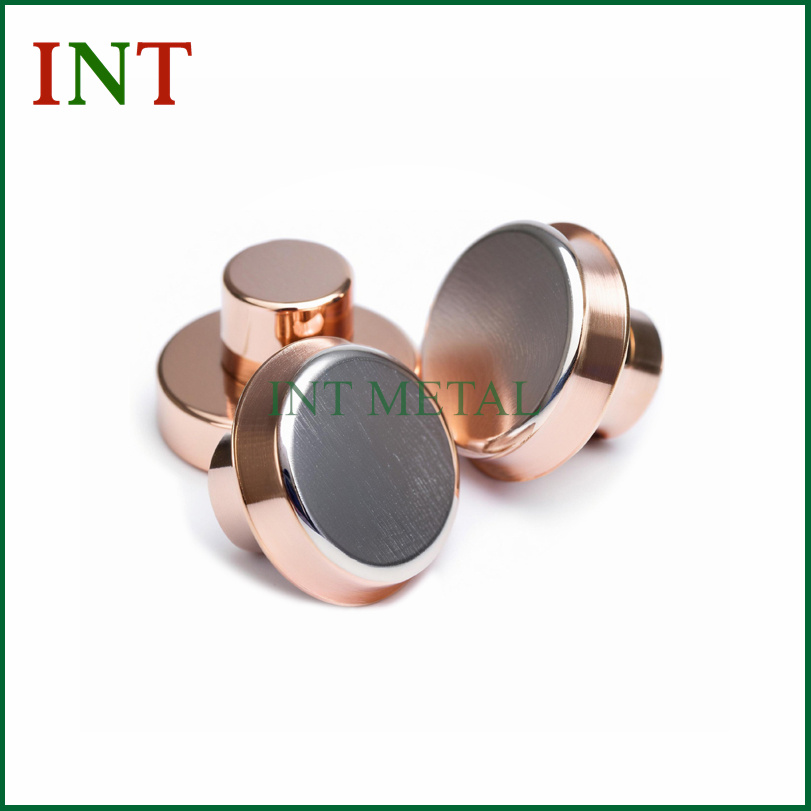Silver contacts address the core challenges of transmission: instantaneous contact, separation, and sudden metal vibration. They also require improved noise suppression, high-temperature resistance, and oxidation resistance. The integration and lightweighting of silver contacts are the optimal solution for large-scale power transmission equipment, which tends to use composite metals.
Silver Power Contacts (AgCdO)
Silver diamond contacts (AgCdO) offer advantages such as solder resistance, electrical conductivity, and low contact resistance. No other material can fully replace these advantages. To reduce associated losses, the material's plasticity is also reduced.
Silver contacts (also known as contacts, buttons, or studs) are circuit components used in switches, relays, and contacts. They are made of conductive material and can conduct electricity or insulate when disconnected. They must be placed between air, vacuum, oil, SF6, or other non-conductive liquids.
Moving contacts are used for direct or detachable control of power, operating relays or motorized valves, and controlling the supply of gas or other fuels.
AgSnO2 contacts are used in high-safety equipment such as drawer contactors, power, low-voltage, and medium-voltage relays, and relays for automotive electronics. These components are movable and provide a highly centered, effective connection.
GO Touch rivets are available in AgCdO₄, AgCdO₄, and AgCdO₄.

Polymer materials are widely used in contact point manufacturing, and there are several types to choose from:
| Materials | Features | Applications |
|---|---|---|
| Silver Sleeving | High conductivity | Suitable for high-temperature devices |
| Cadmium Oxide | High weld resistance and corrosion resistance | Specialized contact rivets |
| Copper Alloys | Excellent heat stability | Medium-low voltage electrical devices |
| SF6 | Ultra-high insulation performance, suitable for applications with no electric spark leakage | High-power electrical equipment |
| Oil-Insulated Environment | Optimized for high pressure greater than one megapascal, designed for specialized applications | High-pressure electrical equipment |
When selecting an electrical contact solution, factors such as the specific application scenario, power environment, and future expansion requirements should be considered:
After understanding the above information and considering your actual power supply requirements, we would like to consult your company for more personalized recommendations.